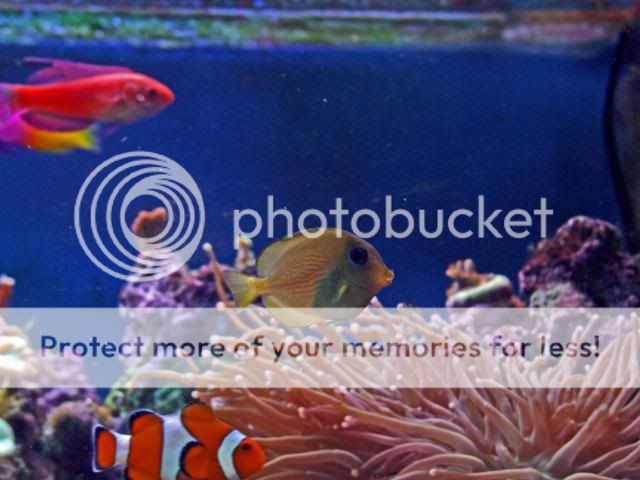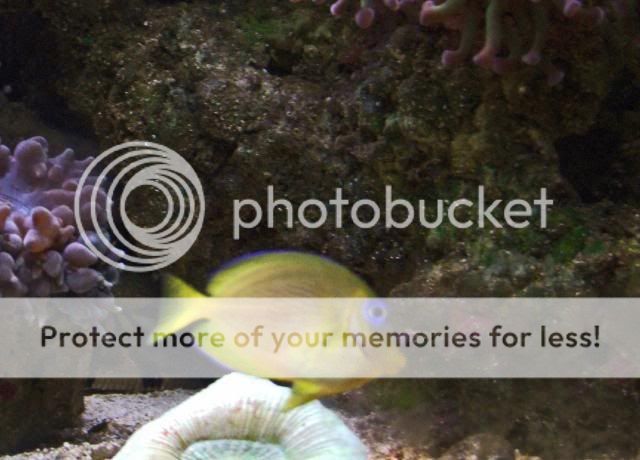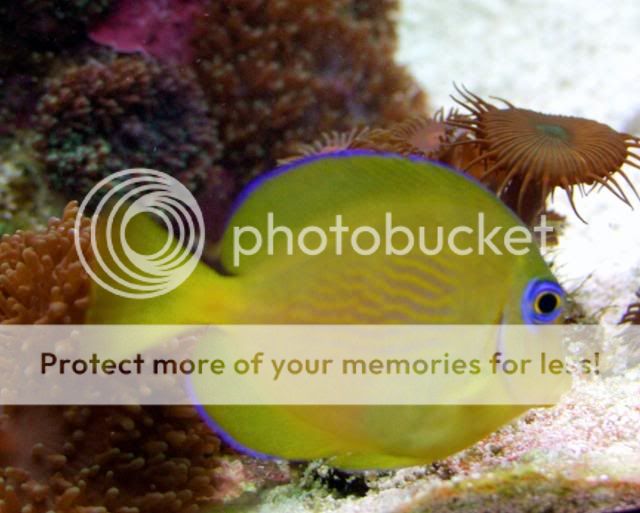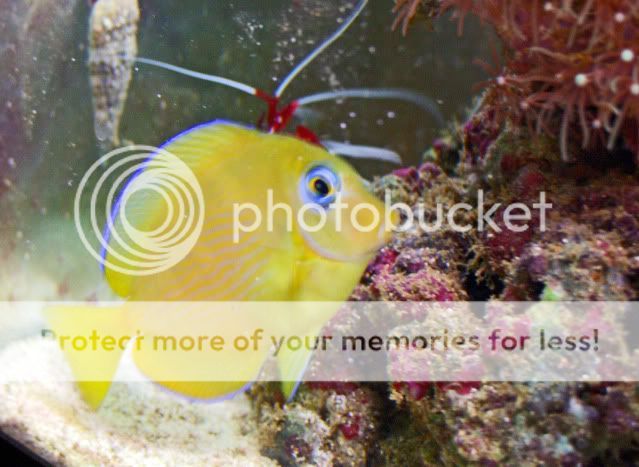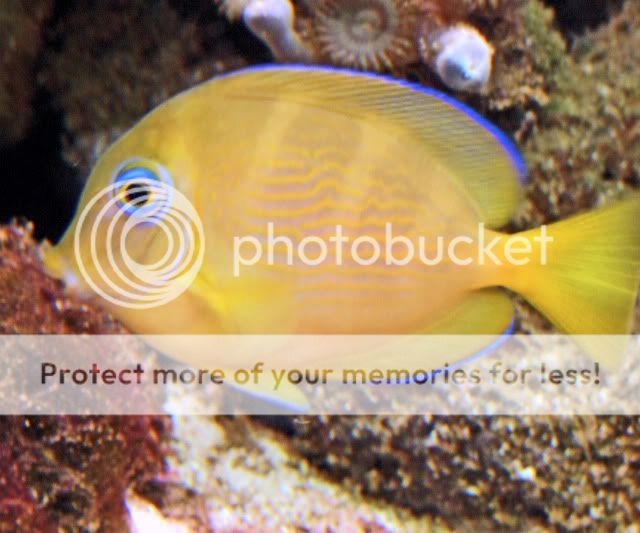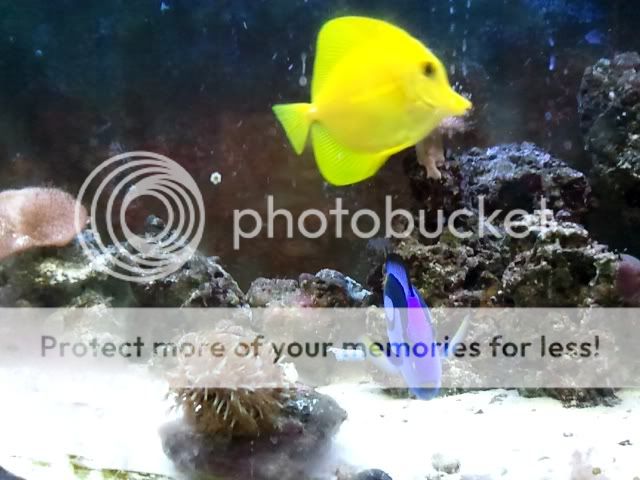This article was first published in the February 2006 issue of Practical Fishkeeping magazine.
Buying and keeping tangs
There are a few key things to look for when buying tangs:
Size: Don’t buy tangs that are too large (unless they have grown up in someone else’s tank,)or too small as they tend not to do very well. 7-10cm/21/2”-4” is a good size to go for.
Weight: Healthy tangs are plump, not skinny. If buying a particular specimen, look at it from above and behind; if it looks broad across the back, it’s a good one. Don’t worry about tangs with lumpy abdomens; they swallow grains of sand to help them grind up the algae they eat, and in the gut these make the fish look lumpy.
Look a gift fish in the mouth: Tangs need to eat almost continuously. If their mouths are injured, they may not be able to do this and could slowly starve. Look very carefully at their mouths and reject any fish that show signs of injury. Such fish are probably doomed.
Colour: Fish should ideally be well coloured, but if you are unfortunate enough to find a fish that has been captured using cyanide, it may have unusually bright colours. Also, fish kept in systems with copper-treated water often show paler colours. However, once home, you can usually see its colours improve, starting almost immediately after getting it out of the shipping bag. It usually takes just a few weeks to reach full intensity.
Behaviour: Healthy tangs are alert, inquisitive and usually looking for food, picking at rocks, glass, sand and so on. Avoid listless, unreactive specimens.
Home sweet home
Tangs need lots of space for swimming, shelter, well-oxygenated and vigorously-moving water, and a good supply of algae to browse. Sand is also useful as it allows them to ingest the grains that help them to digest their food.
To stay healthy, tangs need the right type of food, namely algae, delivered in the right way. This might be filamentous or macroalgae growing in the aquarium, algae-based flake or pellet foods, or even spirulina gut-loaded brine shrimp. When your tang exhausts the supply of algae in the tank, the next best option is a supply of dried seaweed. You can buy this in sheets, as nori, or flakes.
Don’t feed lettuce or other vegetables; these are nowhere near as nutritious. Ideally, tangs should be able to feed all day. Providing dried sheet algae in a clip, replenishing as needed, is a good way to achieve this. If not fed properly, tangs may develop head and lateral line erosion.
Quarantine
Tangs are vulnerable to parasitic infections, particularly whitespot, Cryptocaryon irritans, so careful quarantine is a must. Simply keeping your tang on its own for three to four weeks before adding it to your aquarium is a great help.
Even better is low-salinity quarantine – keeping the fish in water with a specific gravity of 1.010-1.012 for about three weeks. This helps fish shed any parasites they are carrying.
With so little salt in the system, you need to be careful to keep the alkalinity of the quarantine water up to normal levels by adding buffers as required. Fortunately, if your tangs do get whitespot, they respond well to treatment with either copper or low salinity.
Poster paint sharp
Tangs as a family have small scales, giving them a very smooth-skinned look. This in turn makes their colour patterns very sharp and vivid, as if they have been painted on with poster paint and a fine brush.



